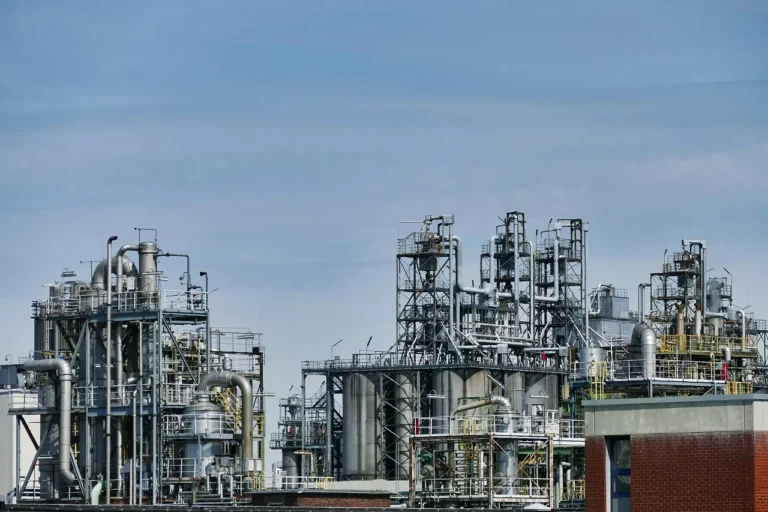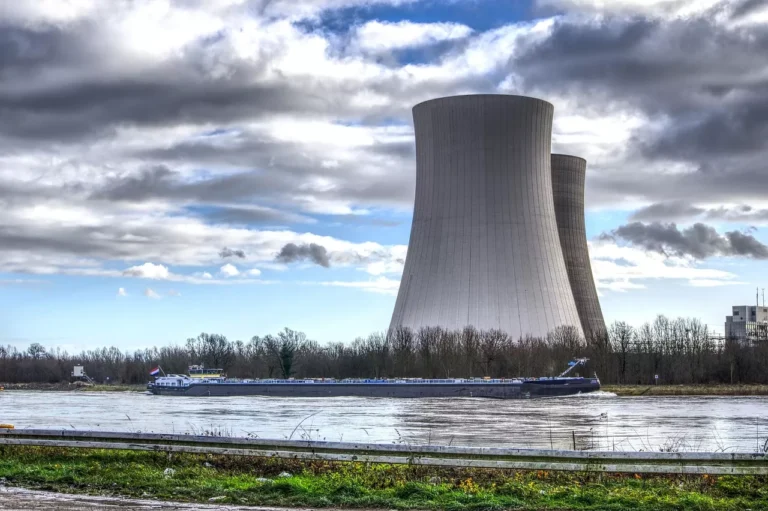
Pinnacle West Reports Lower Q2 2025 Earnings Amid Cooler Weather and Rising Costs
Pinnacle West Capital Corp. (NYSE: PNW) today announced a consolidated net income of $192.6 million, or $1.58 per diluted share, for the second quarter ending June 30, 2025. This compares to $203.8 million, or $1.76 per diluted share, for the same period in 2024, marking a year-over-year decline. For the first half of 2025, the company’s net income is down 14.8% compared to the same period last year.
Factors Behind the Q2 Earnings Decline
The drop in Q2 2025 earnings—about $11 million—was primarily driven by several adverse factors, including:
- Cooler weather, which reduced customer energy demand
- Higher operations and maintenance (O&M) expenses
- Lower pension and postretirement non-service credits
- Increased depreciation and amortization costs due to more plant additions and intangible assets
- Higher interest expenses
- Increased income taxes due to lower available tax credits, despite lower pre-tax income
These were partially offset by positive developments such as:
- Higher transmission revenues
- Customer growth and increased usage
- Higher Allowance for Funds Used During Construction (AFUDC)
- Gains from investments at subsidiary El Dorado

CEO Commentary: Weather Impacts, but Strong Operational Performance
Ted Geisler, Chairman, President and CEO of Pinnacle West, noted that results were within expectations but lower year-over-year, largely due to weather.
“Cooler temperatures compared to 2024’s record-breaking heat had a significant impact,” Geisler said, pointing to 15.4% fewer cooling degree-days in Q2 2025 compared to Q2 2024. “Given Arizona’s high reliance on air conditioning, the drop in temperature naturally led to lower energy usage and, in turn, lower earnings.”
Despite the financial dip, Geisler emphasized that the company’s operations remained strong. Arizona Public Service Co. (APS), Pinnacle West’s primary utility subsidiary, saw 2.4% customer growth and 5.2% growth in energy sales during the quarter.
New All-Time Demand Record Set
On July 9, 2025, APS customers set a new peak electricity demand of 8,527 megawatts, surpassing the previous high of 8,210 MW set in August 2024. APS successfully met this demand using its diverse energy portfolio, which includes nuclear, coal, natural gas, and renewable resources.
This marks the third consecutive year of record summer demand, underscoring the effects of Arizona’s population growth and expanding economy.
Palo Verde: 40 Years of Clean, Reliable Power
This June, the Palo Verde Generating Station—the nation’s largest nuclear energy facility—celebrated 40 years of delivering affordable, carbon-free energy. The plant provides about 27% of Arizona’s electricity, serving more than 4 million homes and businesses across four states.
With licenses extended through the mid-2040s, Palo Verde remains a cornerstone of APS’s long-term strategy for reliable, low-cost, and clean energy.
Energy Strategy Update: Focus on Reliability, Carbon-Neutral Future
As demand continues to rise, APS is refining its long-term clean energy goals. The utility is transitioning from an aspirational “zero-carbon” target to a more realistic “carbon-neutral by 2050” goal. APS is also removing interim emissions targets, placing greater reliance on Integrated Resource Planning (IRP) to determine the best path forward.
“While clean energy remains essential,” Geisler said, “our priority is a balanced energy mix that ensures reliability and affordability.”
Currently, clean energy sources make up 54% of APS’s total energy mix. However, Geisler emphasized the need for dispatchable resources like natural gas to provide backup power when intermittent sources (like solar and wind) fall short.
APS is already preparing for the future with more than 800 megawatts of APS-owned resources scheduled to go online between 2026 and 2028. These include solar, wind, battery storage, and nuclear energy projects.
Customer Support Programs: Meeting Needs During Peak Season
With scorching summer temperatures, APS is expanding efforts to help customers manage energy costs and stay safe. Support offerings include:
Billing and Usage Tools:
- Rate plan options
- Energy-saving programs
- Alerts and notifications for outages, payments, and energy usage
- Flexible billing options like Budget Billing and Preferred Due Date
- Guest access and Safety Net programs to help loved ones manage accounts
Financial Assistance:
- Discounts of up to 25% or 60% for eligible low-income and vulnerable customers
- Emergency bill assistance of up to $1,000 per year
- Project SHARE, offering up to $500 annually through The Salvation Army










